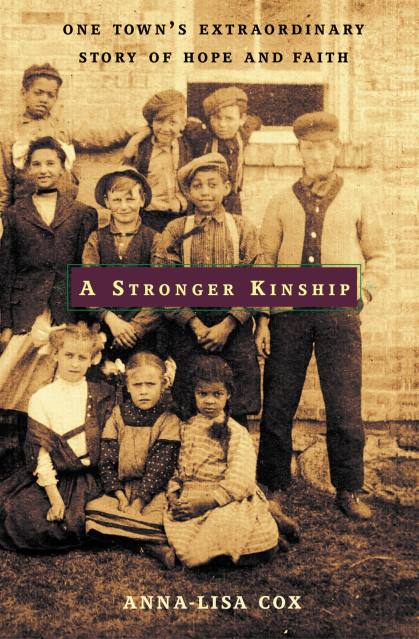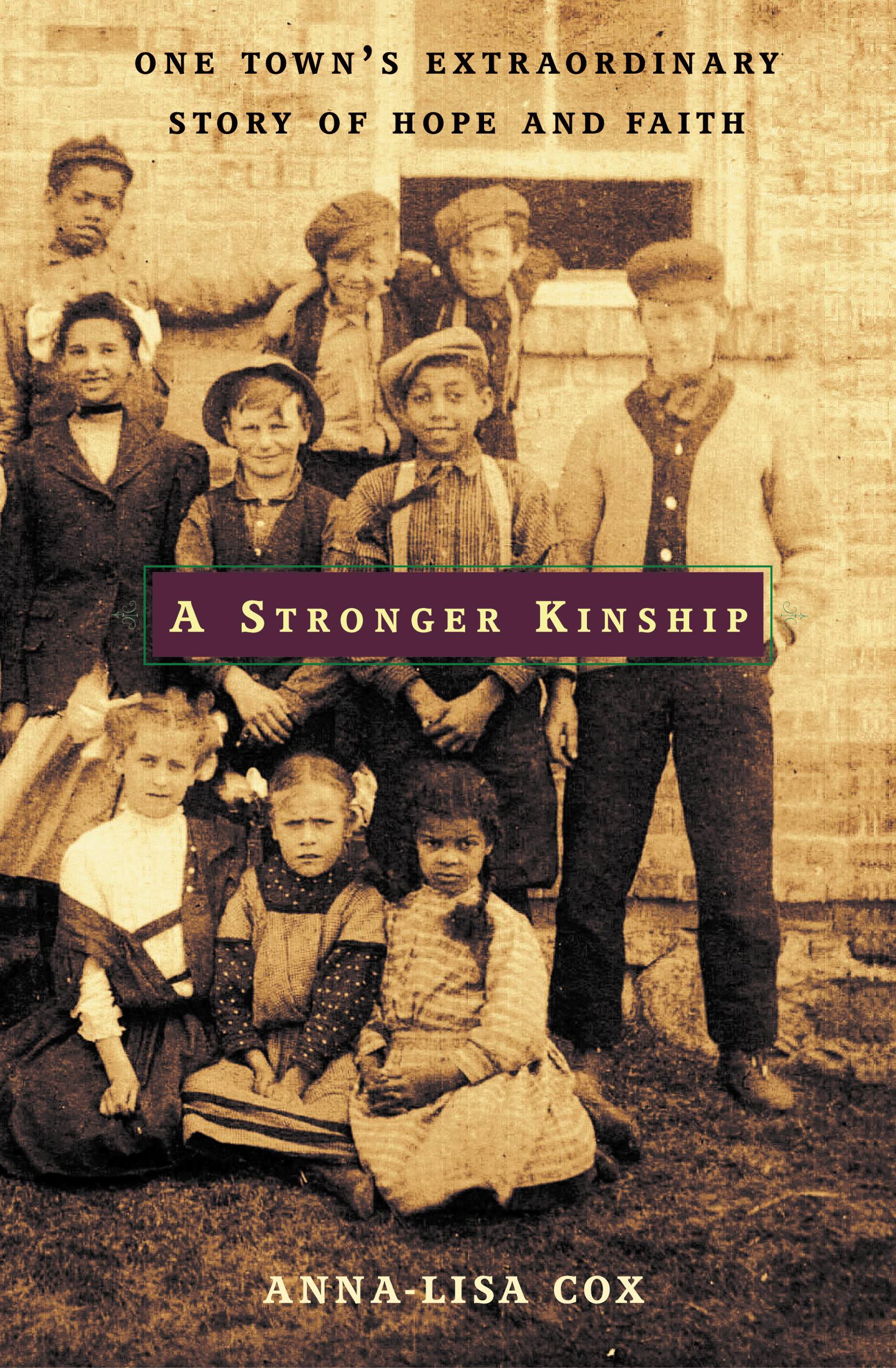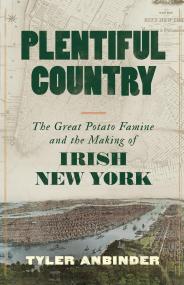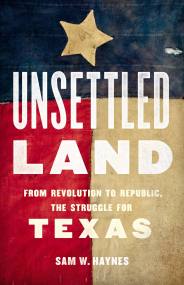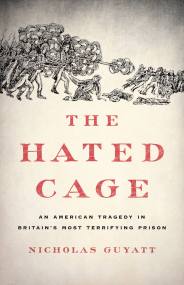Promotion
Use code MOM24 for 20% off site wide + free shipping over $45
A Stronger Kinship
One Town's Extraordinary Story of Hope and Faith
Contributors
Formats and Prices
Price
$11.99Price
$15.99 CADFormat
Format:
- ebook $11.99 $15.99 CAD
- Hardcover $36.00 $46.00 CAD
This item is a preorder. Your payment method will be charged immediately, and the product is expected to ship on or around May 30, 2009. This date is subject to change due to shipping delays beyond our control.
Also available from:
Starting in the 1860s, the people of Covert, Michigan, broke laws and barriers to attempt what then seemed impossible: to love one’s neighbor as oneself. This is the inspiring, true story of an extraordinary town where blacks and whites lived as equals.
Genre:
- On Sale
- May 30, 2009
- Page Count
- 288 pages
- Publisher
- Little, Brown and Company
- ISBN-13
- 9780316075695
Newsletter Signup
By clicking ‘Sign Up,’ I acknowledge that I have read and agree to Hachette Book Group’s Privacy Policy and Terms of Use
